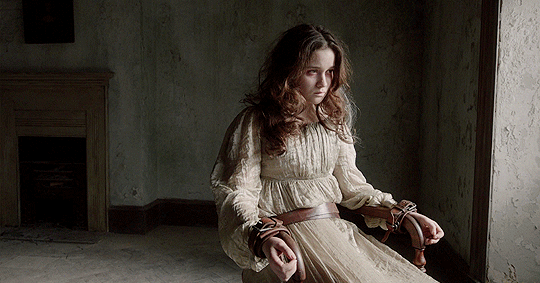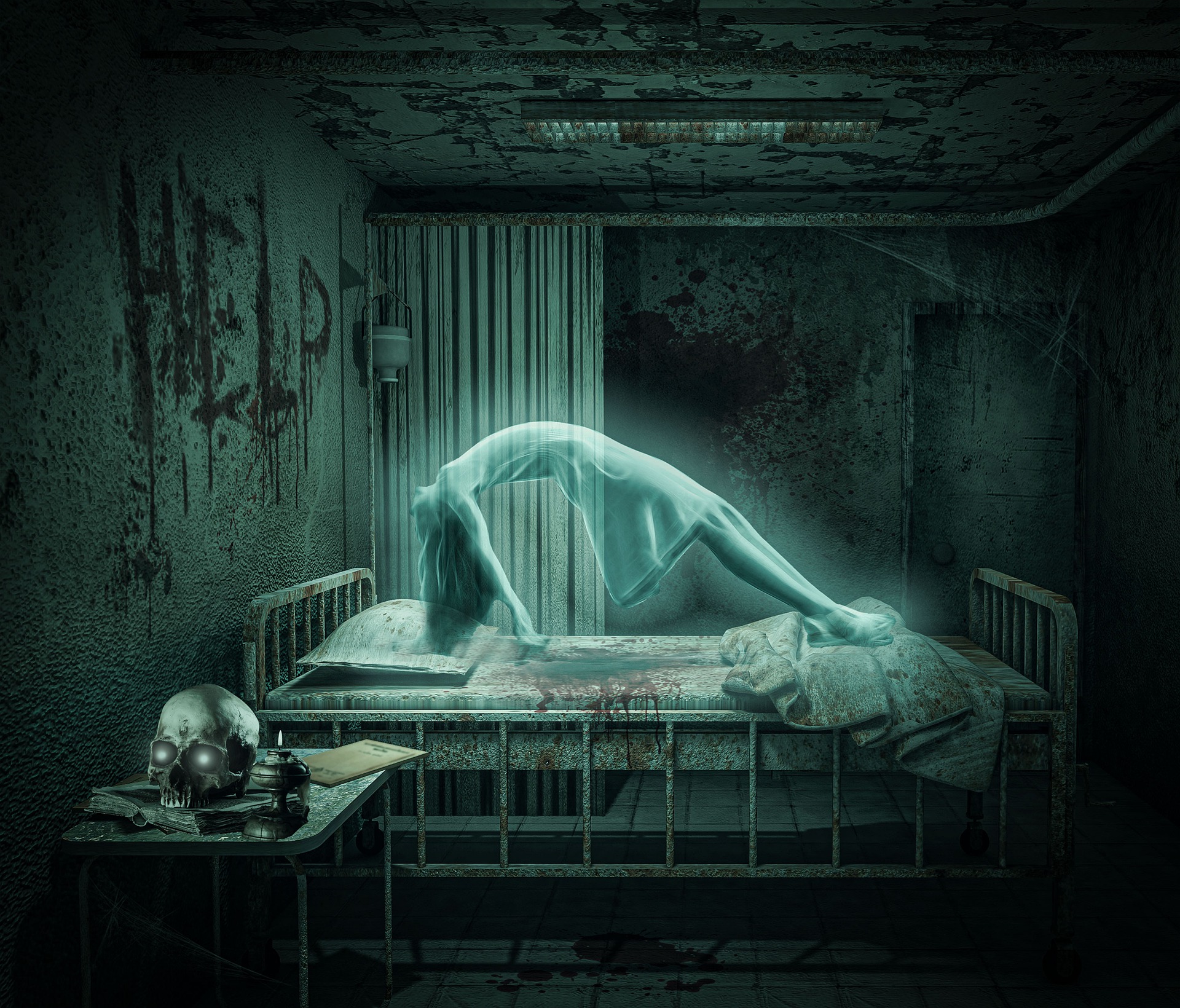So. You want to bring a character back to life.

Most of the time, resurrecting characters from the dead is frowned upon. A lot of people think it’s cliche and overused.
But today, I’m here to explain some ways that you can still bring your characters back to life, without using the same old cliches.
You can write a resurrection scene. The key is to make it original enough so that it doesn’t feel like the same old resurrection scene.
If you’re not sure if you should resurrect a character, it’s better to keep the characters dead. However, if you really want to bring them back to life, here are some ways to make sure it works in your story.
Also, spoiler warning. Feel free to skip certain sections if you want to avoid spoilers.
Stay Away from Fake Deaths
First off, if a character dies, it needs to be an actual death.
A lot of characters don’t actually die. They fall off a cliff, but they land in some water. Or they get stabbed through the heart and then we find out that they’re immortal.
This cliché is so popular that most readers won’t believe a character is actually dead, even if they fall off a 30 story building.
So how do you work around this?
If a character is immortal, tell the reader up front. Don’t wait until they get thrown off a cliff. A fake death will kill a lot of the story’s tension.
Looking at you, Jungle Cruise.
If the character is not immortal, show the body. You have two options with this one:
- Let them die. All the way. Let the other characters grieve (or rejoice), then bring them back to life in a later scene.
- Let them live, but they are severely handicapped for the rest of the story.

Let’s say you’re trying to tug on the reader’s heartstrings. Maybe you want people to feel sorry for this character. In this case, it would probably be best to make your character wounded.
A lot of people are more afraid of pain than death.
You don’t have to write about a blood-splattered torture scene, but if you show us that the character is suffering, we’ll care about them more.
When a character dies, sooner or later, the other characters will move on. However, if the character is badly injured and doesn’t die, this can add a ton of conflict to your story.
Whichever route you choose, don’t try to sneak the characters around behind the reader’s back. Let them live, or show us proof that they are really and truly dead.
Revival Powers
Where does the resurrection power come from?
In some stories, this power comes from within the characters. In other stories, like the Narnia series, the power comes from an outside source.
- If the power is internal, wouldn’t that make said character basically immortal? They should be able to revive themselves whenever they need to.
- If the power is external, is this magical source good or evil? Why does this power care enough to resurrect one character, but not do anything else to help out (like killing the bad guys, for example)?
Example: Aslan from The Chronicles of Narnia
In The Lion, The Witch, and The Wardrobe by C. S. Lewis, Aslan is used to represent Jesus. You probably know the story, but basically, Aslan strikes a deal with the White Witch, and offers his own life so that she will spare the humans (Peter, Susan, Edmond, and Lucy).
Then, when all seems lost, Aslan is resurrected and he comes back, stronger and fluffier than ever.

Of course, this is a strong metaphor for the resurrection of Jesus. I loved The Chronicles of Narnia growing up. But from a writing standpoint, I don’t recommend this resurrection style.
If the resurrection power comes from a god-like being, this can have the same effect on your story as immortality.
When the most powerful character is brought back to life once, why can’t they just do it again? They’re basically immortal until the god-character decides to stop reviving them.
When you’re trying to resurrect a character, make sure that you know where the power is coming from and how that can affect your story.
And always try to answer these questions as you write:
- Why isn’t this character immortal now?
- Why does resurrection only work once?
- Where is this power coming from?
- How can anyone access this power? (Play fair– if the good guys can do it, so can the bad guys.)
The Cost of Resurrection
Every resurrection or revival has a price.
In The Princess Bride, the physical costs are a visit to Miracle Max, and Westley’s lack of mobility after being revived. (And also no swimming for at least an hour. A good hour.)

Unless you’re writing a comedy, the price of resurrection should be a lot higher for your characters.
In fact, resurrection should cost so much (mentally, emotionally, and physically) that your characters start to ask themselves, “was this really worth it?”
Some examples of resurrection costs may include:
- Vast material wealth (only the rich can afford it, or it takes years to save up the money for a resurrection)
- Scarce ingredients (a specific crystal that takes 2,000 years to grow, or an herb that only grows in the north pole and blooms once a year)
- Selling your soul (like the story of Persephone, or a deal where the character must spend a certain amount of their life being possessed)
- An unfair trade-off (one revival=200 random deaths, or a soul stone deal where you must lose that which you love)
- A physical injury or handicap (missing limbs, or the character comes back paralyzed)
- Loss of memory or mental capability (revived character can’t remember anything, or goes completely insane to the point where they can no longer accomplish their quest).
Example: Lady Pole from Jonathan Strange & Mr. Norrell

Lady Pole is the sickly wife of a wealthy nobleman in the beginning of Jonathan Strange & Mr. Norrell.
As Mr. Norrell, the magician, tries to make magic a respectable trade in London, Lady Pole falls sick and dies, and her husband frantically begs Mr. Norrell to bring her back to life. At first, Mr. Norrell refuses, but at last, he gives in and summons a faery spirit to resurrect Lady Pole.
In return for the resurrection spell, the faery demands a set percentage of Lady Pole’s remaining life. He also demands to keep one of her pinky fingers as a souvenir. Mr. Norrell has no choice but to say yes.
Of course, these terms have awful consequences for Lady Pole. At random times, Lady Pole gets sucked into the faery realm, where she is forced to dance with the faeries for hours on end. When she comes back, she can’t tell anyone about her nightmarish experiences. Everyone believes she is going mad.
- Lady Pole’s resurrection comes at tremendous cost to her. In fact, it gets so bad that she often wishes she had never been brought back to life.
Consider the Widespread Effects
Chances are, your story has more than one character. So if there is a resurrection going on, it should affect everyone.

So while you’re planning out your character’s revival, ask yourself:
- How could this resurrection affect the other characters (both bad guys and good guys)?
- When the resurrected character comes back, how does that create problems for everyone else?
Maybe the revived person keeps messing up the plans, or holding back the quest.
Or they experience so much trauma from being killed/resurrected that it slows everyone else down, because they constantly need care and reassuring.
Speaking of trauma, let’s talk about…
Post-Revival Trauma
Dying and then being resurrected is a life changing event. And it probably comes with a heavy dose of trauma.
- Maybe your character switches sides after being revived. (They might resent the good guys for bringing them back to life.)
- They could experience some severe PTSD associated with the resurrection spot, the tools used to bring them back, or the person who revived them.
- What aspects of this experience could haunt them for the rest of their life?

So many stories just revive the character and have them go on their merry way, glossing over the fact that this would be a very traumatic experience for your character to go through.
In reality, both the death and the resurrection should leave your character with a lot of emotional scars.
In Conclusion: The Revival Should Cause Problems, Not Solve Them
Resurrecting a character should not solve the problem. It should create a whole bunch of new problems.
If your story includes a character resurrection, make sure you give it the time and space it needs to be a major part of the story.
Remember, the revival should cause more problems, not solve them.
A resurrected character should be more of a hindrance than a last minute savior.
You can do this by adding the toll it takes on the characters, the widespread impact on the story world, and the residual trauma it might cause.
But most importantly, it’s your story! You are in control of what happens. After all, you’re the writer! So when in doubt, go with your gut and figure out what works best for you and your story.
Have you ever written a character who comes back from the dead? Let me know how you did it in the comments.
Thanks for reading, and I’ll be back again soon with a new post!




My secondary WIP actually has a “resurrection at a price” scene. One character with some crazy volatile magic accidentally zaps the boy she loves back to life in her grief. Unfortunately, it tethers them, so now every time she loses control of her powers, he loses control of his. And he has some pretty dangerous abilities of his own.
I will agree that it’s really easy to decrease tension and make things feel contrived when bringing characters back to life, but if you do it properly (like you said, through limits, consequences, and prices), it can be really rewarding. 1- It can add new layers to the story. 2- you get that character you liked back (or that character you didn’t like is back, and now there’s more conflict). 3- you get to read/write fun lines like “Sorry for murdering you.” or “Do you have any idea how mad I’ll be if this journey gets me killed TWICE?”
Thanks for the comment! Oooh, I like that idea. Sounds like a great price for the resurrection 🙂 And that’s a great point about funny dialogue bits– I would totally love to read a story where the resurrected character spends the rest of their time doing stupid things because “I already died once!”
Ooh, this brings up a lot of intriguing story ideas! Great post!
Thanks for the comment! 🙂 Glad you liked it!